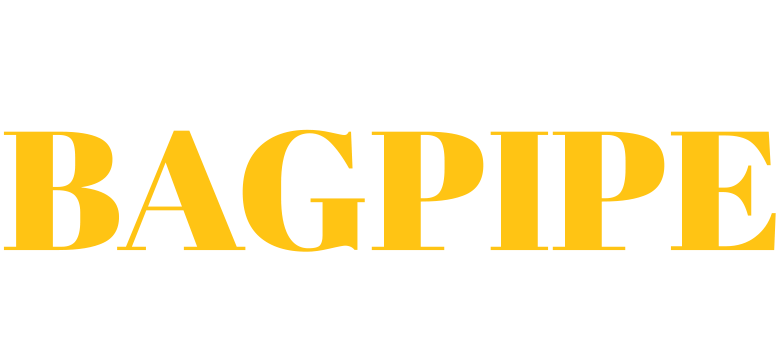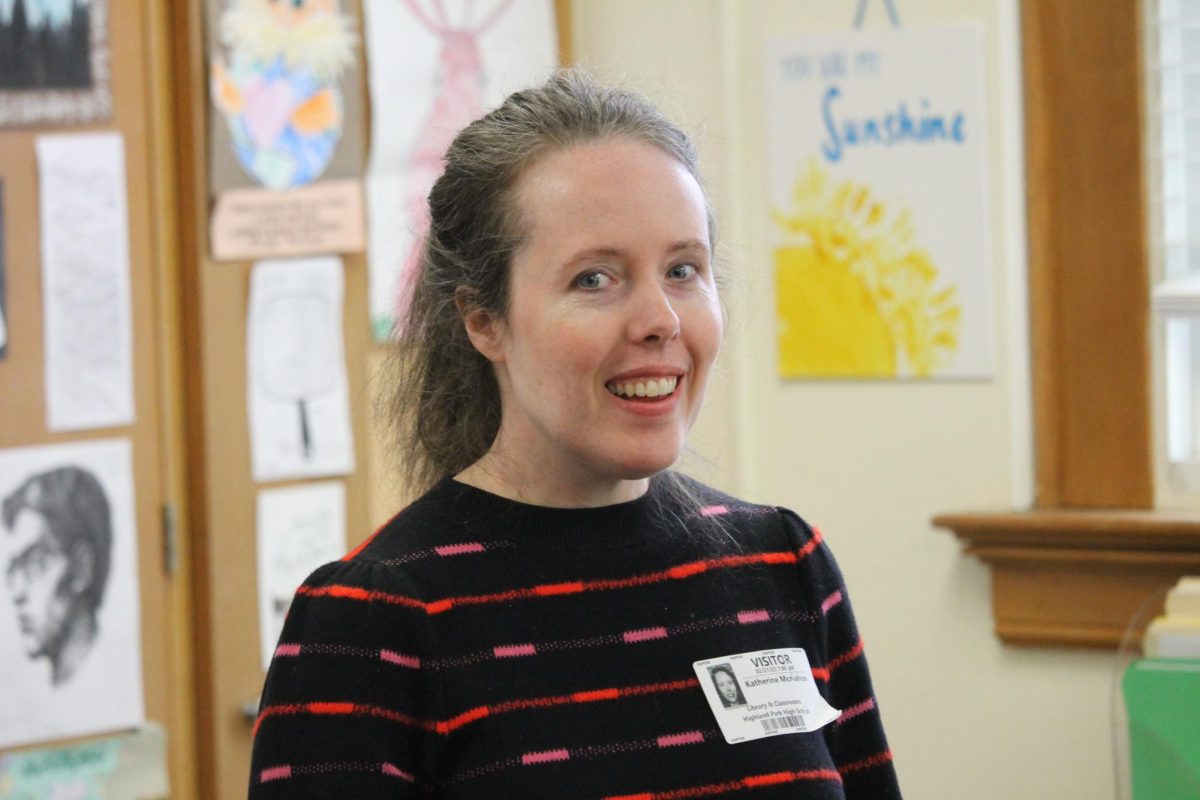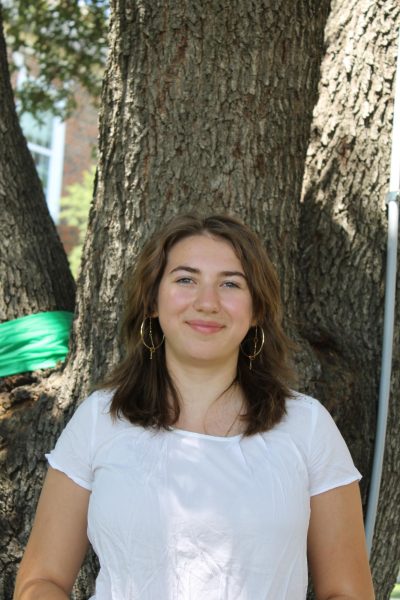Author Katherine McMahon shared the different methods that can be used to formulate the beginnings of a novel, as well as methods to prevent writer’s block.
McMahon spent her formative years studying film, storytelling, and animation at both NYU and the University of Texas and went on to write a sci-fi trilogy.
McMahon began her presentation by addressing the two main methods of outlining a novel, plotting and ‘pantsing’. She highlighted the benefits and restrictions that come from both methods.
‘Pantsing’ comes from the term “flying by the seat of your pants” and is a method that consists of writing as you go within an outline. Authors just begin writing with vague ideas of their plot.
This can result in authors having to do significantly more editing, and removing entire chunks of their books because they don’t contribute to the plot. ‘Pantsing’ can result in a less cohesive storyline due to the unrestrained way in which it was written.
Plotting is a more common method wherein everything is laid out beforehand resulting in a more coherent storyline, however, this method can stunt a writer’s creativity.
McMahon then moved on to the second section of her presentation where she described the importance of the voice chosen within a novel. She says that the difference between a novel within the first or third person can contribute greatly to the reader’s experience and understanding.
By using the first person, an author can connect their reader better with the thoughts of the main character, while a third person can give the reader a better understanding of the setting. Third-person limited and omniscient can both contribute greatly to a reader’s experience as well, as limited contributes to suspense, and third-person omniscient gives more insight into other character’s perspectives.
The last section of the presentation was dedicated to methods of avoiding and escaping writer’s block and led the class through a series of exercises. If an author finds themselves in a state of writer’s block, McMahon recommends looking at famous stories such as fairy tales through a new lens.
She left students with a stronger foundation for writing overall and gave students methods to find the best perspective and voice for a novel. Students were given insight into the processes that go into authoring a book and found the best methods that worked for them.





